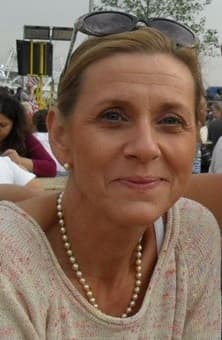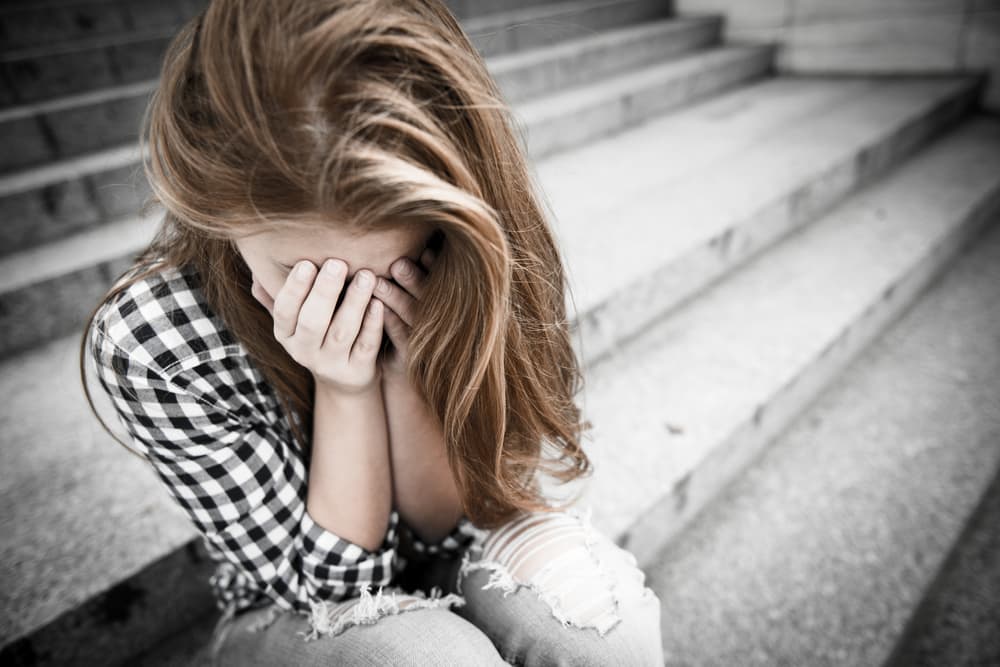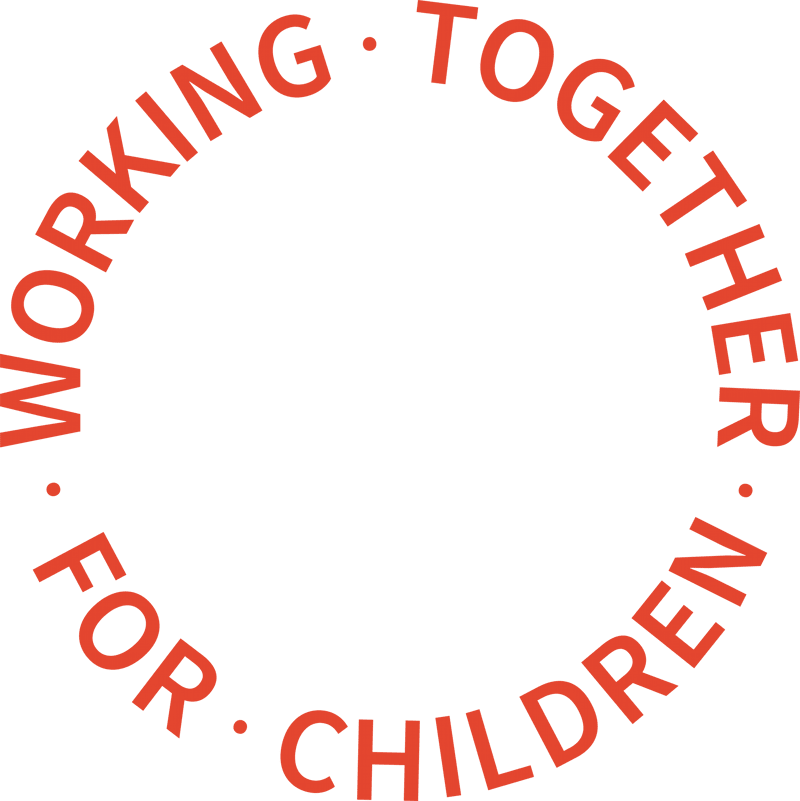Professionals working with children and young people have to be flexible and evolve in their responses to Child Sexual Exploitation as the understanding of the issue becomes greater, CSE expert, Linda Helliar has warned.

Linda Helliar, an independent social worker with more than 20 years’ experience in child protection, said that while CSE is seen a fairly recent phenomenon, the sexual abuse and exploitation of children and young people has always been an issue.
“Investigations into CSE in Rotherham, Oxford and Operation Yewtree have all bought the issue to the fore. The government recognised it as a national threat in 2015,” said Linda, who also works as a trainer in CSE and Safeguarding.
“Sexual exploitation is a form of child sexual abuse that I believe we have struggled with culturally over time. Because it is such a horrendous crime we, as a nation closed our eyes as we couldn’t bear the thought of it,” explained Linda. “Now it has a much higher profile, and we, across the partnership, have to work together to tackle it. ‘Working Together’ is very clear that safeguarding is everybody’s responsibility.”
Power Imbalance
In February 2017, the Department for Education published a revised definition of CSE that states: “Child sexual exploitation is a form of child sexual abuse. It occurs where an individual or group takes advantage of an imbalance of power to coerce, manipulate or deceive a child or young person under the age of 18 into sexual activity (a) in exchange for something the victim needs or wants, and/or (b) for the financial advantage or increased status of the perpetrator or facilitator. The victim may have been sexually exploited even if the sexual activity appears consensual. Child sexual exploitation does not always involve physical contact; it can also occur through the use of technology.
The guidance identifies that CSE can affect any child or young person (male or female) under the age of 18 years, including 16 and 17-year-olds who can legally consent to have sex. It can still be abuse even if the sexual activity appears consensual, it can include both contact (penetrative and non-penetrative acts) and non-contact sexual activity and it can take place in person or via technology, through the internet and can also be a combination of both.
It further highlights that CSE can involve force and/or coercion to elicit compliance and may, or may not, be accompanied by violence or threats of violence; it may occur without the child or young person’s immediate knowledge (through others copying videos or images they have created and posting on social media) and can be perpetrated by individuals or groups, males or females, and children or adults. The abuse can be a one-off occurrence or a series of incidents over time and range from opportunistic to complex organised abuse.
CSE is typified by some form of power imbalance in favour of those perpetrating the abuse. This, Linda says, is the main concept of exploitation. “Children undertake sexual acts in exchange for something they need, want or believe they need or want, although this is not necessarily tangible. It could be the protection of a gang to prevent something bad happening to themselves, their friends or family or to provide a sense of belonging. For young people who are missing from home or care, it could be a bed for the night or food. It is not necessarily money or luxury goods,” she explains
All children are at risk of CSE
Linda qualified as a social worker in 1996 and early on in her career began to specialise in children’s services. Between 2003 and 2012 she held several social work manager positions in authorities across London.
In 2012 she became a service manager in a north London Authority, tasked with developing a Single Point of Entry (SPOE) for the triage and risk assessment of all referrals about children, incorporating a Multi-Agency Safeguarding Hub (MASH) and developing multi-agency working arrangements.
Between September 2015 and July 2016, Linda was the Consultant Strategic Project Lead for Vulnerable Children and Child Sexual Exploitation in a Bi-borough project through the Innovation Fund, and to date continues to primarily work in the CSE field. In addition to this, and since 2015, Linda Has been working as an independent trainer in child protection and CSE across London and the south-east.
Linda provides training aimed at a range of childcare professionals including social workers, education staff and early intervention workers. Courses are bespoke and tailored to the needs and skill level of participants. Child Sexual Exploitation training typically covers an explanation and understanding of CSE but also focuses on themes such as how CSE affects boys and young men, harmful sexual behaviours, trauma, engaging and working with victims, the legal context and what the latest research is telling us. Book onto our training course.
She highlights that whilst often the media would have us believe that CSE only affects young white girls in the care system or from dysfunctional homes, who are preyed upon by organised groups of adult males of a particular ethnicity and working in particular industries, who ply them with alcohol and then pass them round like sexual toys, this is not true. Any child or young person can be victimised and those committing and facilitating their exploitation can come from all walks of life, can be male or female and from any age-group. “We know that peer-on-peer abuse is very prevalent, with young people sexually harming each other.”
And, when it comes to who is at risk of CSE, Linda makes it very clear: “Children,” she says.
“There is a misconception that only some children are vulnerable to CSE when in fact all children are at risk. Yes, there are characteristics that make some young people more vulnerable than others: young people with learning disabilities, children looked-after in care, young people linked to gangs, and children and young people who go missing from home or school. Children don’t have to be missing overnight for CSE to take place. If children are not at school, where are they? Sexual contact does not just occur at night,” she says.
“However, especially with CSE online, a young person does not have to display vulnerability to be targeted. It doesn’t matter if they come from a ‘safe’ household, they can still be victimised,” adds Linda.
CSE is a more ‘subtle’ abuse
The signs that children may be victims of CSE include a change in behaviour that is out of character for that child. “Common signs that a child may be at risk of CSE include going missing, having goods that are unaccounted for, having several phones, being constantly contacted on a phone, emotional distress, substance misuse, anger or self-harm,” says Linda.
“The exploiters will want to isolate their victims from the people who can protect them whether that is friendship groups or family. If they are being groomed, the exploiter will want to separate them from the safe people who might challenge it. They will want to become exclusively the one person that the young person trusts,” she adds.
One of the challenges for professionals working with young people who have been victims of CSE is that they may not recognise themselves as victims, explains Linda. When a child is overtly abused by a family member in the family home they may have a greater understanding that they have been a victim of abuse and therefore more likely to be receptive to help. CSE is a more ‘subtle’ form of abuse and victims may not realise that they are victims, particularly if they are emotionally involved with their exploiter.
“Building trust and working effectively with victims of CSE takes a long time and we have to work with the trauma that CSE inflicts,” said Linda. To be sexually exploited is extremely traumatic and children and young people who are victims will be traumatised. It is not just about removing the exploiters who are causing children harm, Linda explains, but also working through that trauma with the young person.
Victims need to know their social worker will stick by them
Victims of CSE are not helped by the victim-blaming language used in some CSE cases. It is not unusual to hear children described as being “dressed provocatively” or acting “in a sexualised manner”, “putting themselves at risk” or in extreme cases “prostituting themselves”. Linda argues that these children are victims who are being exploited by the sex industry. “It is totally wrong and we need to look at the language being used. ‘Putting themselves at risk’ suggests that these children have somehow initiated the risk situation,” she adds.
“There is some wonderful work happening across statutory, voluntary and community sectors with strong partnerships being forged to support victims, but it takes time especially for the young person to build trust. Children and young people need to know their social worker and other professionals will stick by them through thick and thin. Sadly, some of our systems are not resourced sufficiently to allow for the long-term, intensive work that is needed. Things are starting to change. Some authorities are empowering staff to build and strengthen relationships with victims by setting up single, specialist teams that will work with young people for longer to allow that trust to develop, to demonstrate to the young person that they are there for them and to allow for the trauma-informed intensive work required for recovery.”
“Recruitment, retention and budget issues all impact on what we can do but we have to try,” she adds.
Right journey
Linda outlines how services have “come a long way” since the Jay report threw CSE into the spotlight after it revealed that up to 1,500 children and young people may have been the victims of CSE in Rotherham, although she states there is still a long way to go on the journey to tackling CSE effectively nationwide.
Just this month further allegations of abuse have come to the fore in Telford where it is alleged that as many as 1,000 young people were the victims of CSE. Telford and Wrekin Council have made it clear that it has called for a government-commissioned independent expert inquiry into Child Sexual Exploitation in the borough.
Linda says it is not possible to say whether there could be another case like Rotherham or Oxford that has yet to come to light. “We can’t know what we don’t know. CSE can happen anywhere, at any time. What we need to do as a partnership is stand up where we suspect CSE is happening, say this is not appropriate or acceptable and take action.”
Linda outlines that in most local authorities, CSE is high on the agenda, and in some, it is a priority area. More and more, partners are working together to share resources to tackle the issues. As more research becomes available we are tailoring our responses and striving to better understand, help and protect our children and young people. There is lots of innovative work going on across the country, for example, in London Borough of Hackney where they are developing responses based on a contextual safeguarding framework.
There is also an emphasis on disruption and prosecution. Multi-Agency Child Exploitation meetings take place to look at how perpetrators can be disrupted and prosecuted. This includes putting safeguarding responses into areas where it is suspected that CSE is prevalent such as a park or shopping centre.
“We are starting to understand that CSE is most likely to take place in the context in which a child lives; their school, social environment or peer group and respond accordingly. Increasingly we are training groups of staff who may not traditionally have seen themselves as having a safeguarding role, such as parks and green space staff, to be alert to the signs of CSE, spot behaviours of concern and respond accordingly. At the same time, police in London are working with local businesses and the night-time economy to do the same. In schools, Designated Safeguarding Leads are required to receive safeguarding training that includes CSE as per the guidance in “Keeping Children Safe in Education’ which has an emphasis on CSE.”
“There are people working tirelessly to raise the profile of CSE. The University of Bedfordshire is carrying out some wonderful research to help professionals to work with young people who have been sexually exploited,” said Linda. “As long as this continues we are on the right journey. We have a long way to go though, and we cannot be complacent.”

Did you enjoy this interview with Linda Helliar on child sexual exploitation?
Are you looking for training in this area? Why not attend our 'Child Sexual Exploitation (CSE) Training' on 26th June 2018, presented by Linda.


